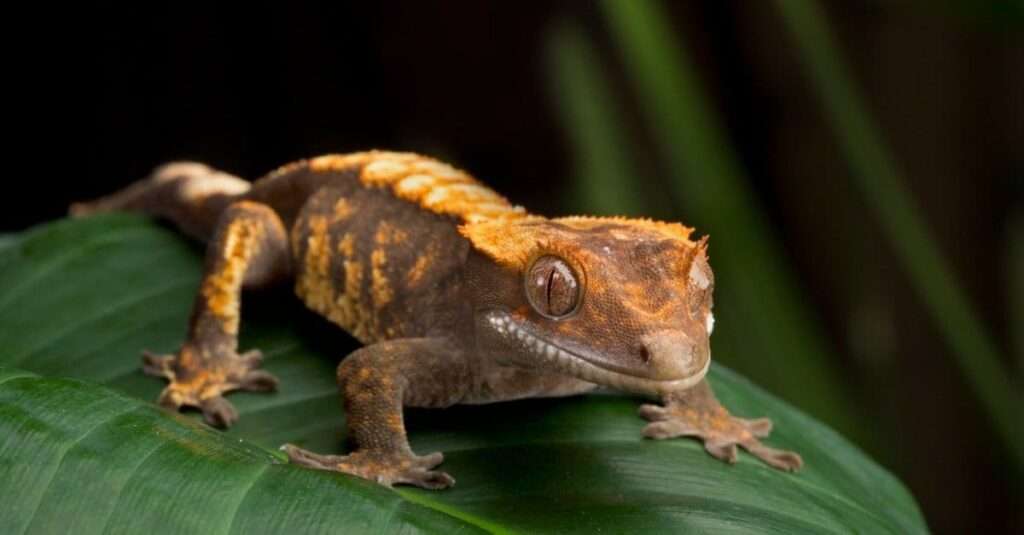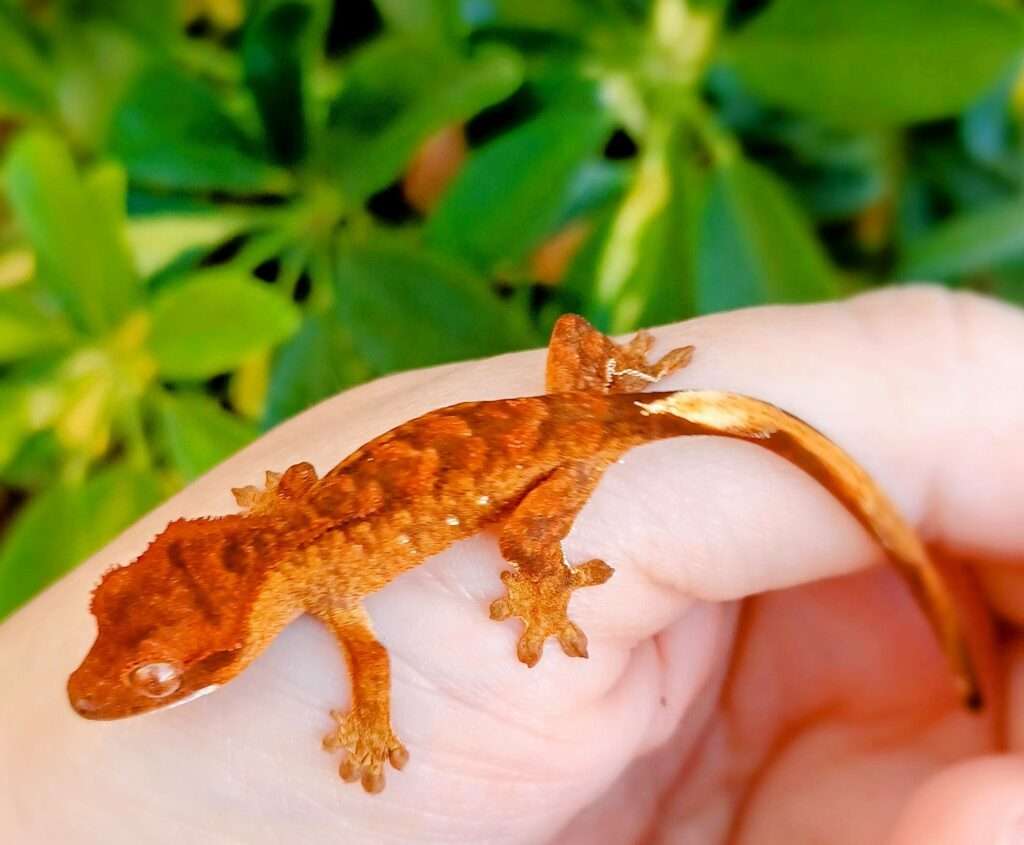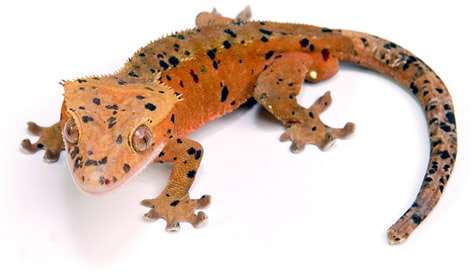
Description:
Scientific name: Phelsuma klemmeri
Life span: 5-10 years
The yellow-headed gecko (Phelsuma klemmeri), sometimes known as the neon day gecko, the cheery day gecko, or Klemmer’s day gecko, is a little diurnal species of gecko in the family Gekkonidae.
This long-snouted, thin gecko’s upper and middle back are turquoise blue in color. It is light brown on the lower back. Turquoise blue dominates most of the tail. The laterally flattened body is remarkable. The yellow head is another defining trait. There is a large, dark black area behind each eye, followed by a black stripe that reaches the extremities of the back. The toes and legs have brown spots.
Native Region/Habitat
The coast of northwest Madagascar is home to P. klemmeri. Only the Ampasindava Peninsula (at Antsatsaka) and the area around Mandrozo Lake are known to contain it.
Typically, P. klemmeri inhabits bamboo woods. The Phelsuma seippi and Phelsuma madagascariensis grandis occasionally coexist in the same habitat.

Behavior:
P. klemmeri enjoys basking and is mostly active during the day (diurnal). It frequently lives in little groups. Yellow-headed geckos engage in aggressive behavior to protect their territory and as a defense against predators. To increase the likelihood of successful mating, they also exhibit various colors.
Care As a pet/In captivity:
Recommended Enclosure Size: Adults should be housed in a glass enclosure of 8x8x12 or 12x12x12, either alone or in couples. Adults of this species typically do not need to be upgraded to a larger enclosure because they do not grow to particularly large sizes. Sand-soil substrates or substrates made of coco fiber function nicely. With the help of isopods, springtails, and Bio Bedding, a bioactive substrate can be created. Maintain a gentle mist on the substrate. The substrate should be covered with a layer of leaf litter. Provide hides; cork flats and other such materials work well. Rocks, driftwood, cork bark, and manzanita branches can all be used as climbing aids. A pleasant addition are live plants.
Temperature: Maintain yellow-headed geckos between 75 and 85 degrees. If stable temperatures are maintained, a low wattage heat pad or bulb can be utilized to create a basking zone that doesn’t get too hot—90 F is ideal. A digital thermometer should be used to keep track of the temperature, and an infrared thermometer or temperature gun can be used to assess the temperature of the basking area. Temperatures at night shouldn’t drop below 65 F. The need for UV light is debatable; if utilized, make sure the enclosure has adequate shade.
Humidity: In comparison to tropical geckos, yellow-headed geckos prefer a drier environment, and they require a humidity level of 50–60%. To create humid microclimates, add plants. A digital hygrometer should be used to measure ambient humidity. Yellow-headed geckos need to be softly misted everyday or every other day to keep dew on the walls of their enclosures and on other cage accessories from which they can drink. Nevertheless, there needs to be enough air for the enclosure to dry off after a few hours. With routine misting, a shallow water dish is not necessary but can be offered.
Feeding: Feeds the yellow-headed geckos they sell pinhead and eight-inch insects. Moreover, extra little black army fly larvae, melanogaster fruit flies, and springtails may periodically be fed to these youngsters. Adults should be fed 1/4-inch crickets as a staple, but you can also give them bean beetles, melanogaster and hydei fruit flies, black soldier fly larvae, and dwarf white isopods. All feeder insects can be provided in a meal dish after being gutloaded and coated with vitamin and mineral supplements.
Table





